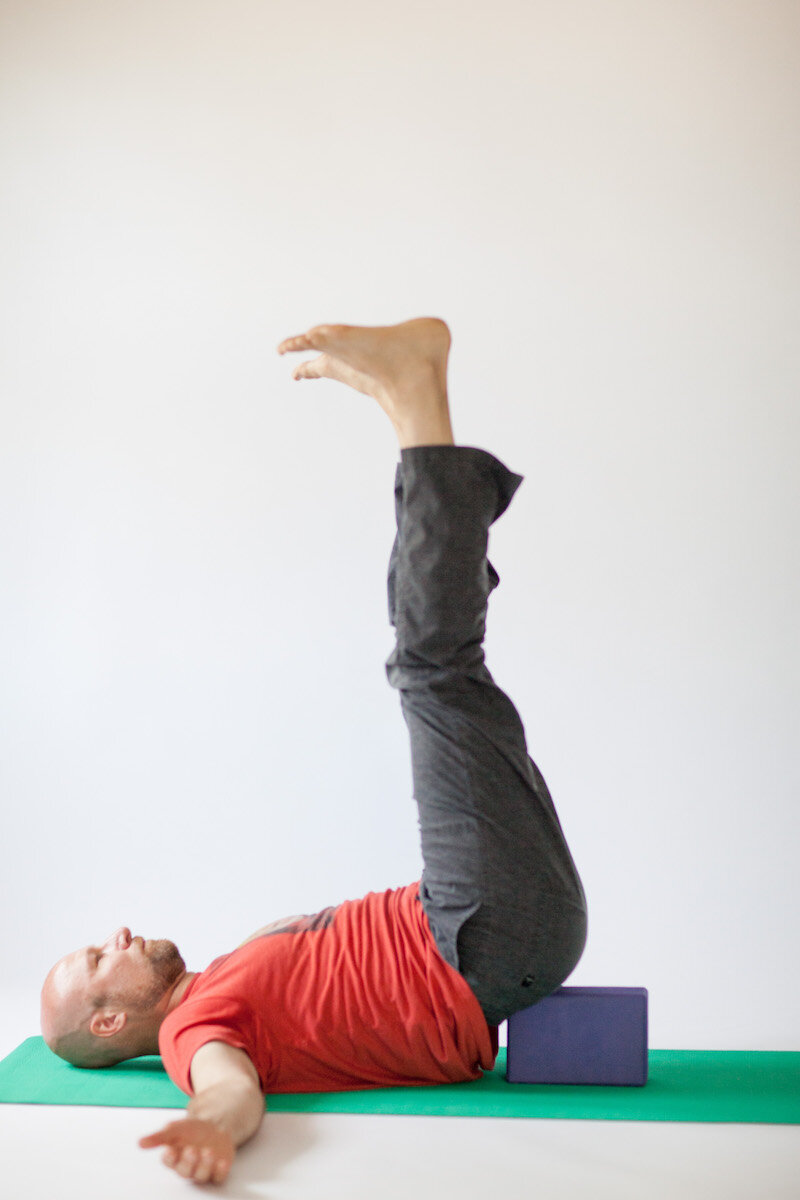Cancer. It’s the disease that shows no prejudice. It doesn’t care whether you’re Caucasian, African American, or Asian. It doesn’t care if you have red hair, blonde, or are bald. It also doesn’t care if you’re young, middle-aged, or old. It is a disease that shows no mercy. The American Cancer Society cited that in 2014 cancer had affected 1,665,540 and that 585,720 of those people lost their battle to cancer.
This is sad news, and it would seem that cancer is in the driver’s seat and has us wrapped around its abnormal celled finger. Though that isn’t exactly true, and there is some enlightening news to report. Today’s research on battling cancer is on the rise. There are record amounts of research facilities built today, which can only mean that there are a record number of influential individuals making a splash in the battle against cancer. So I thought it was important for more people to get to know at least one fantastic yogi who is making a difference in the cancer research field for you and me.
Her name is Sharon Stack, and she is the Director of the Harper Cancer Research Institute at the University of Notre Dame. I wanted to offer some insight into her world of cancer research, her practicing yoga at Notre Dame, and how both are important in making positive change happen in the battle against cancer.
1) When did you realize that you wanted to dedicate your life to fighting cancer?
My training was in basic biochemistry. I was a post-doctoral fellow at Duke University in the mid-’90s before I became involved in cancer-focused research.
2) What is your area of expertise, and why did you choose this area?
With a background in biochemistry, I have always been interested in the study of enzymes - molecules that catalyze molecular change. The study group degrades proteins surrounding cells (called the extra-cellular matrix, or ECM). These enzymes are fascinating molecules to study because of their properties and interactions with other molecules. They contribute to many diseases, including cancer and arthritis, when their activity is allowed to proceed in an unregulated manner.
I became interested in studying these enzymes in ovarian cancer during my post-doc, primarily because nothing was known about them in ovarian cancer patients at that time.
3) Can you tell me about the work that’s being done at the Harper Cancer Research Institute?
The HCRI is a relatively young (2011) primary science-focused cancer institute. That means we have basic scientists (rather than clinicians) addressing cancer-focused questions. What makes us unique is that we strive to develop inter-disciplinary teams containing the best brains on campus - including “non-traditional” cancer researchers such as engineers, mathematicians, physicists, psychologists, etc. We believe that breakthrough-level discoveries come at the interface between traditional disciplines because they force us to think about the problem differently.
4) When did you discover yoga, and how has it helped you?
Developing a solid cancer research institute from scratch, then keeping it running added a new layer of stress to my already busy life. A friend of mine mentioned that she had been taking yoga and made her feel strong and calm. I wanted that! However, I knew myself well and knew that if I signed up for a class at night or after work, I wouldn’t make it as other things would take priority most of the time. Our office staff researched options and found that the Notre Dame athletic department could send a yoga instructor right to our building during the lunch hour.
From the first meeting, it was apparent to all of us - both beginners and experienced practitioners - that this was something we needed to continue. The calm and focus from the practice lasts beyond the class period and helps relieve the stress that we all experience.
5) How long have you had yoga classes open to your staff, and why do you think it’s essential to offer them this experience?
Research is challenging and demanding, both intellectually and physically. We are designing experiments, conducting experiments, repeating experiments repeatedly, finding money to fund more research, making sense of the data, etc. The students are also taking classes; the faculty is teaching; the staff does everything else to keep us running. On top of that, we have the rest of our lives in the background (kids, partners, money, etc.). We all need to have the opportunity to take some time to breathe and pay attention to only ourselves. I am grateful to support this class so that everyone can attend regardless of their level of discretionary income.
6) Do you believe that yoga can be a helpful tool in the fight against cancer?
Research has shown that stress contributes to cancer; thus, reducing stress and strengthening the body leads to overall health and better response to treatment for cancer patients.
7) With the positive steps that have been made in cancer research over the last ten years, does this lead you to believe that we’ll find a cure for cancer in the not-so-distant future?
Cancer is not one entity - instead, it’s a family of diseases. The more we learn about it, the more complex it becomes. That said, we have made tremendous progress in understanding many cancers. The 5-year survival rates for prostate cancer and most types of breast cancer are incredibly high (>90%). However, we still have a long way to go with other cancer, such as ovarian, pancreatic, and lung. However, research cures cancer, and I am confident that we will make tremendous progress quickly with a continued focus on research.
8) How can people who are not involved in the cancer research field be more proactive in the fight against cancer?
VOTE. Research is costly! Many people think that drug companies pay for research, but most research is done in universities. University researchers rely on federal funding to support their labs. Federal funding for research is at a shallow point right now. So not only are we not able to do as much research as we would like to do, but we are also losing a generation of bright young scientists who have become discouraged by the prospects and move into other fields of study. Support politicians on the local, state, and federal levels who recognize that basic research is essential and who will vote to sustain or even increase funding for research.
9) All right, here’s a tricky last question, what’s your favorite yoga pose and why?
The pigeon pose is my favorite. I had hip pain for years before starting yoga and even had injections to ease the discomfort. After a few pigeons stretch everything out, the pain is gone.
Visit www. harpercancer.nd.edu to find out more about DR. Sharon Stack and her fight against cancer.














